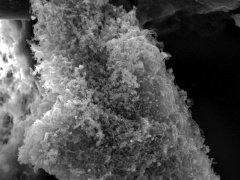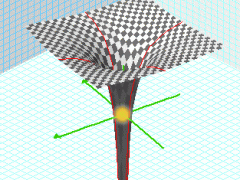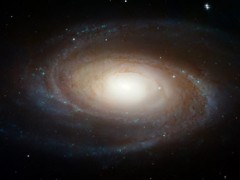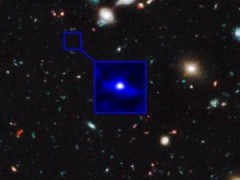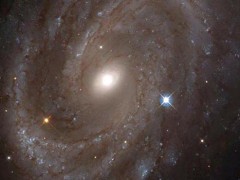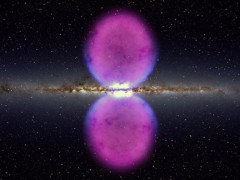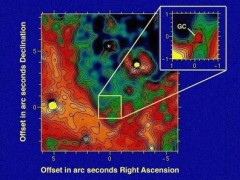Starburst Foundation Profile
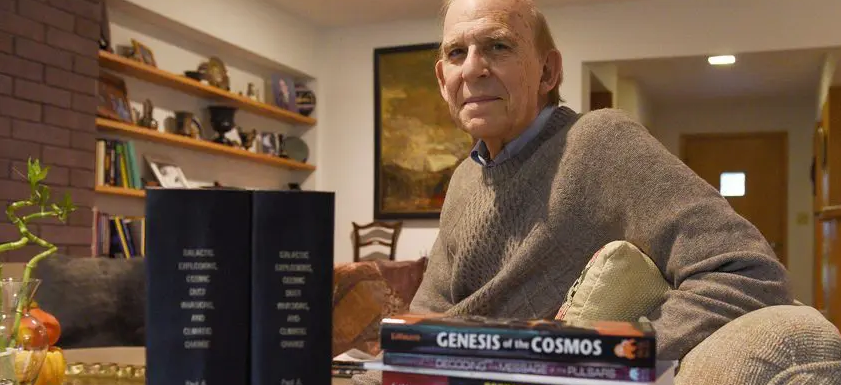
Astrophysicist Paul Alex LaViolette, PhD has passed away
8 November 1947 – 19 December 2022 (protothemanews.com) Paul Alex LaViolette, a Doctorate of Philosophy in Systems Science, was an astrophysicist, an inventor and a philosopher whose thinking was outside the box: a Renaissance Man. Dr. LaViolette was president of the Starburst Foundation under whose aegis he had been conducting interdisciplinary research in physics, astronomy, ecology, climatology, systems theory, psychology …
Click to read more

